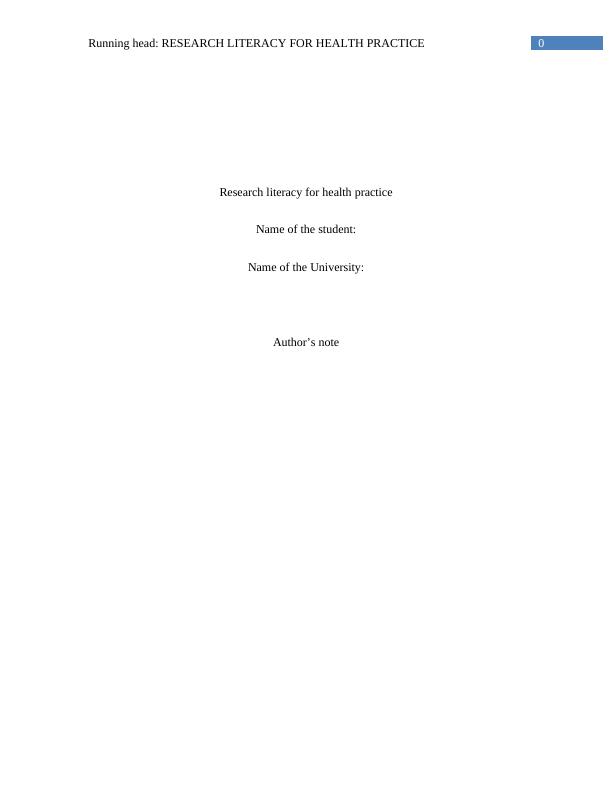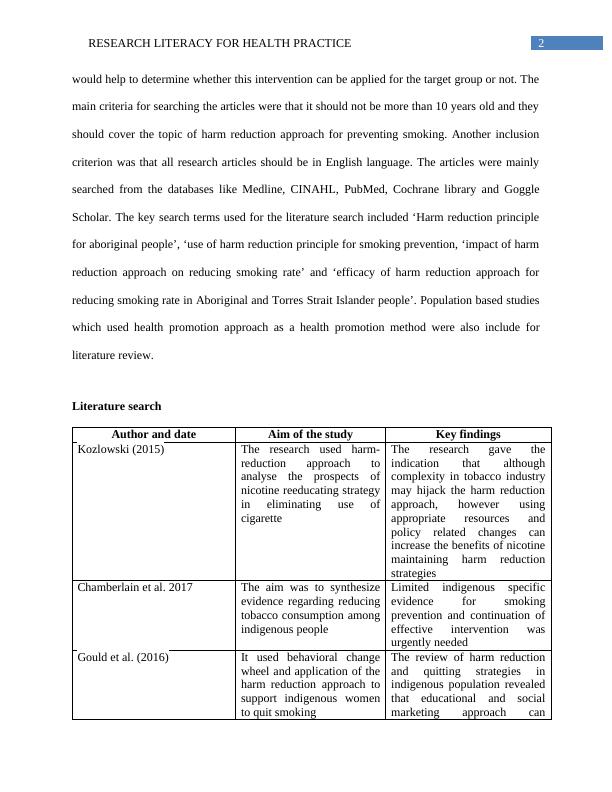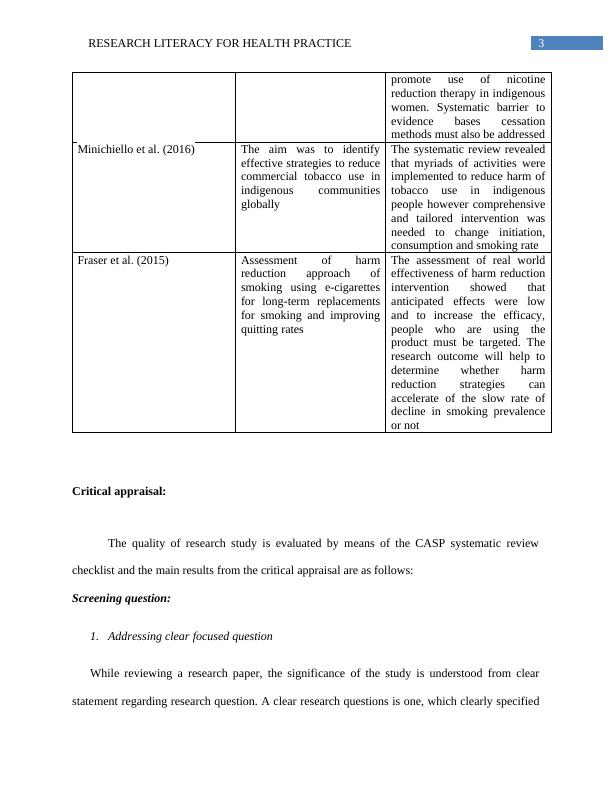HSH725 : Research Literacy for Health Practice
Added on 2019-10-30
About This Document
The purpose of the report is to provide insights about the research literacy for health practice. The report presents the analysis on Aboriginal Australians who are facing greater health disparity as compared to the non-indigenous Australians. As per the facts one of the preventable cause of death and ill health of people is the use of tobacco smoking. It is been identified that higher rate of smoking is resulting in cancer, coronary heart disease and other heath diseases between the Aboriginal Australians. As per the study and research of national statistics on smoking, more than 39 percent of Aboriginal Australians are those people who are above age of 15 years. Research has founded that there is a reduction in the number of people who are smoking and proportion of people who have not smoked yet has been increased.
HSH725 : Research Literacy for Health Practice
Added on 2019-10-30
End of preview
Want to access all the pages? Upload your documents or become a member.




